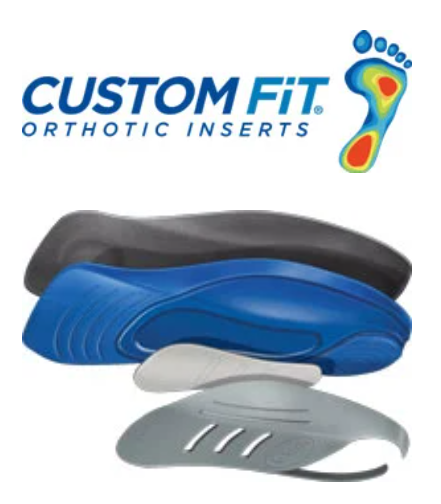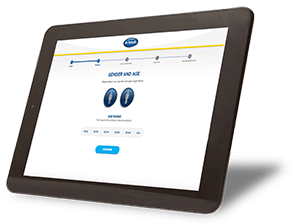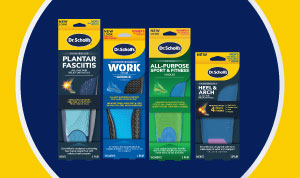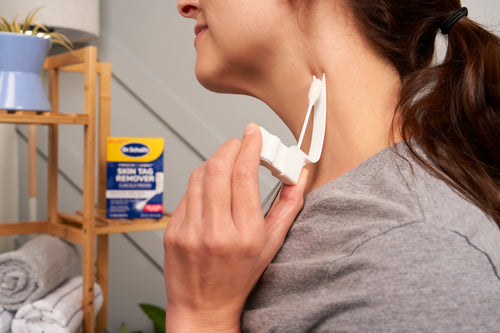Ankle pain is most often caused by an injury or health condition.
Injuries that are common causes of ankle pain include:
Ankle sprains — An ankle can suffer a sprain when the surrounding ligaments either tear or become overstretched. A sprain may occur if the ankle twists or rolls.
Ankle bone breaks — Pain and swelling can occur if there’s a fracture in any of the bones that form the ankle joint.
Tendinitis — If an ankle tendon becomes inflamed or injured, pain may result. Achilles tendinitis is a common cause of ankle pain.
Achilles tendon rupture — When the Achilles tendon ruptures, there’s typically a sharp and instant pain felt in the back of the ankle.
Bursitis — Ankle pain can occur when the fluid-filled sacs that cushion the ankle joint become inflamed.
Health conditions that can cause ankle pain include:
Flat feet — When the feet have little to no arch, the area around the feet, including the ankles, can become sore and painful.
Arthritis — Certain types of arthritis can cause ankle pain, including:
- Osteoarthritis — The most common type of arthritis, osteoarthritis (OA) causes cartilage to break down. Cartilage is responsible for cushioning the ends of bones. Without adequate cartilage, friction develops and bones can begin to rub together. Osteoarthritis ankle pain is often felt in the area between the ankle and the bone of the shin.
- Gout — This type of arthritis causes uric acid to build up in the blood, creating sharp crystals that can get stuck in a number of areas of the body, including the joints. This can cause significant pain that comes on suddenly. Gout most often affects the big toe but it can cause ankle pain as well.
- Rheumatoid arthritis — An autoimmune disorder, rheumatoid arthritis causes the immune system to attack joints, triggering pain and inflammation. The ankles are often affected.
- Psoriatic arthritis — While psoriatic arthritis most commonly involves the toes and fingers, the condition can contribute to ankle pain as well.
Certain risk factors increase the likelihood of ankle pain, including:
Age —As people get older, it’s more common to experience ankle pain due to the natural aging process which causes structural changes in the feet and ankles.
Certain sports — Ankle pain and injuries are more common in people who participate in high-impact sports as well as sports that involve twisting and turning.
Obesity — People who are overweight are more likely to develop ankle pain due to the added stress to feet and ankles from carrying extra pounds.












